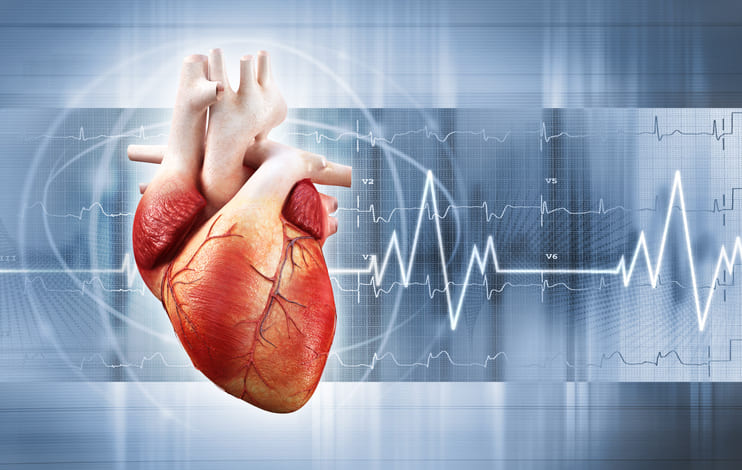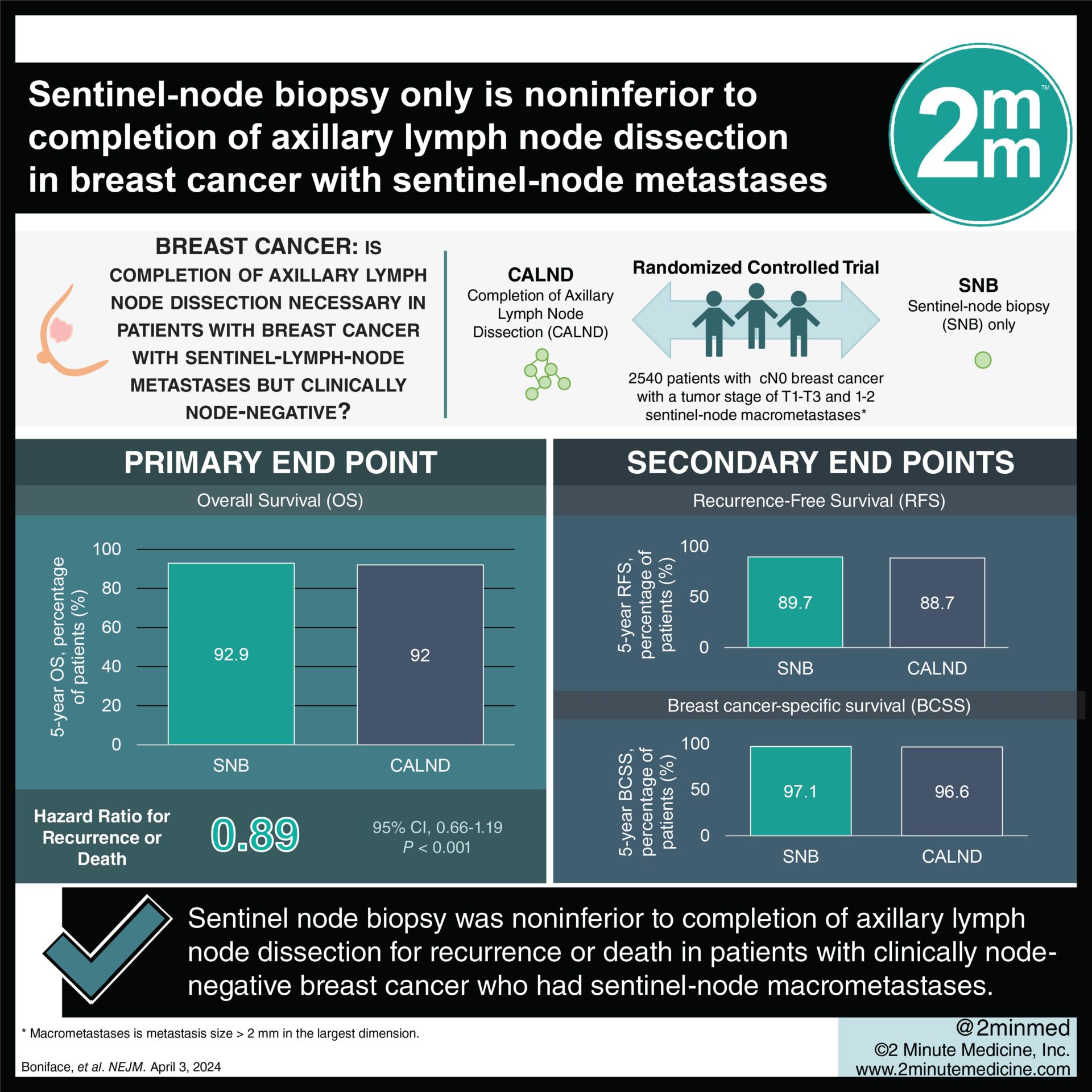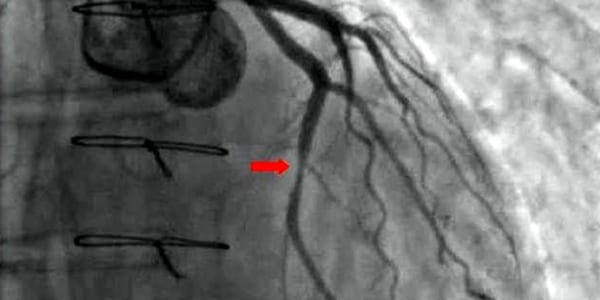Deep learning (DL)-based dose distribution prediction can potentially reduce the cost of inverse planning process. We developed and introduced a structure-focused loss (L) for 3D dose prediction to improve prediction accuracy. This study investigated the influence of L on DL-based dose prediction for patients with prostate cancer. The proposed L, which is similar in concept to dose-volume histogram (DVH)-based optimization in clinical practice, has the potential to provide more interpretable and accurate DL-based optimization.
This study involved 104 patients who underwent prostate radiotherapy. We used 3D U-Net-based architecture to predict dose distributions from computed tomography and contours of the planning target volume and organs-at-risk. We trained two models using different loss functions: L2 loss and L. Predicted doses were compared in terms of dose-volume parameters and the Dice similarity coefficient of isodose volume.
DVH analysis showed that the L model had smaller errors from the ground truth than the L2 model. The L model achieved more consistent dose distributions than the L2 model, with errors close to zero. The isodose Dice score of the L model was greater than that of the L2 model by >20% of the prescribed dose.
We developed L using labels of inputted contours for DL-based dose prediction for prostate radiotherapy. L can be generalized to any DL architecture, thereby enhancing the dose prediction accuracy.
Copyright © 2023 Associazione Italiana di Fisica Medica e Sanitaria. Published by Elsevier Ltd. All rights reserved.














